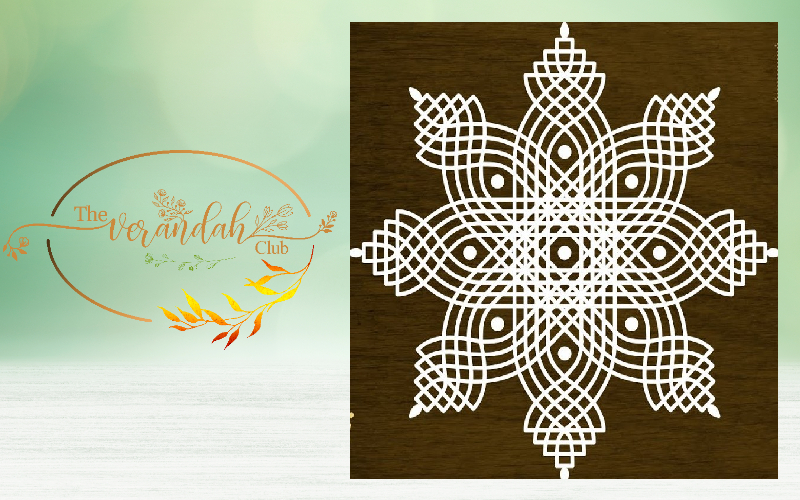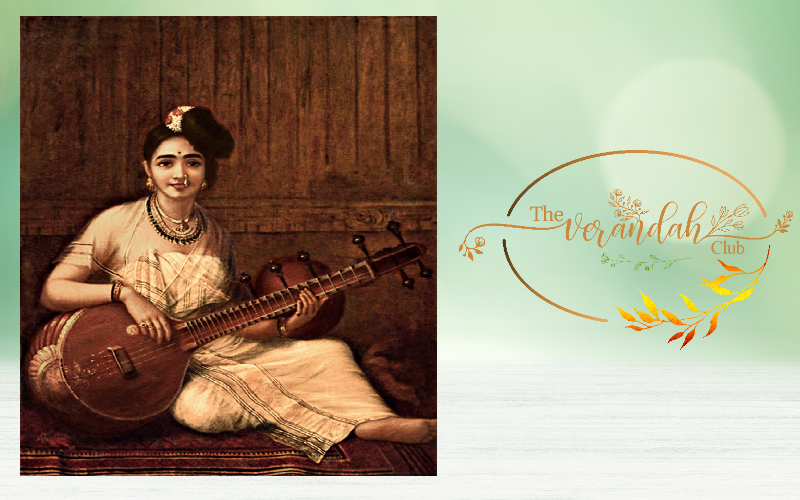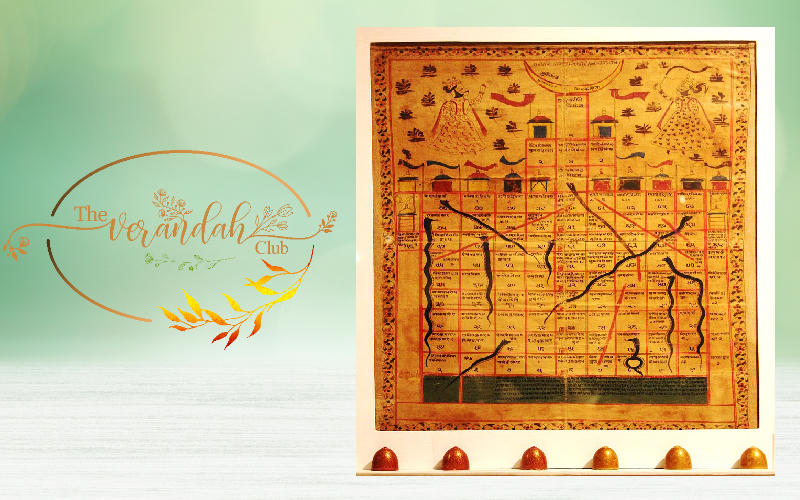Artefacts found in Traditional Homes

The house is always meant to be a repository of good luck. A traditional house is backed by faith and tradition. Our forbearers consider the home to be a sacred place. The house is meant for carrying out good deeds. Every home contains curios and memorabilia which acted as good luck charms.
Let us take this opportunity to look into the good luck and traditional essentials of a household. Hinduism is a way of life and not prescriptive. Every Hindu household carries a volley of sacredness within itself. The entrance to a house is the starting point. A kolam and turmeric smeared doorframes welcome visitors. Fresh Mango leaves are hung at the doorway on each Friday which symbolizes auspiciousness. Traditional homes have a provision for placing a tiny lamp at the entrance and this lamp is lit every day.
The living room of the house contains a picture of God at a prominent place and it is made accessible to everyone. A pooja room or a prayer room is normally present near the living room or the dining room. Once again, the doorway to the pooja room receives the same treatment as the entrance of the home. The dining hall is a place where people thanked God before every meal. Therefore, it used to be endowed with a small icon of a deity and people reverentially look at it before partaking their meals.
Now, let us enter the kitchen and move into the storeroom. Traditional homes store numerous sacred items within this room. The items include vessels used for making Pongal and other offerings, lamps that are normally lit during festivals like Kaarthigai Deepam, temple prasadams etc. Temple prasadams are normally preserved in containers for the purpose of using them at an appropriate moment. Say, a prasadam from a temple like Garbharakshaambikai is brought out at the time when somebody is in the family way. Prasadam from the Dhanvantri temple is given a person who is ailing, and the offerings from the Chakrathaazhwar temple is given to a person who needs to get rid of worries. Through these examples, we can see that Jayamanagalam or ‘Victorious Prosperity’ is achieved.

Every musical instrument is considered sacred and the family treats it as an embodiment of Goddess Saraswathi. One shall not be amused to see an instrument in a house where musicians do not live! Every traditional household preserves books connected with Prayers, Vedas, and the Puranas in their pooja room as they treat it holy. One can also spot equally important books like the 'Ramayana', the 'Bhagavata Purana', and several others in such households. Similarly, the Tulsi plant has a special place. A household is incomplete without a Tulsi Vrindavan.
The Southwestern corner of the house is the place for a strong room, locker or a cupboard which contains the cashbox. The cashbox/locked is smeared with turmeric and vermilion on important days. A copper, a gold, or a silver coin with a figure of God is normally placed inside the cashbox. In many cases, the cashbox contains an image of God on the top of it. The locker is normally home to an icon of Lakshmi and Ganesha.
The space meant for reading and meditation is also considered sacred. A mat or a wooden plank is placed on the spot and an apparatus to hold sacred books that would be read by the family members. Many of these books and sacred item are acquired either through inheritance or from sacred places. Family members undertaking pilgrimages buy icons, pictures, rosaries, books etc. and place them at the temple before bringing them home.

Games like Paramapadham are bought in Sri Rangam and items for the pooja room are picked up from the places like Kumbhakonam or Kancheepuram. The implements used for making offerings or kolams are purchased during pilgrimages. Family members attach a lot of sentiments to these sacred purchases. For example, it shall not be surprising to see a two-hundred-year-old article heralding tradition in a modern home. Homes may change but traditions and items which act as the ambassadors of our culture continue to find a place in the household.
One of the important aspects in a traditional house is hygiene. Only after cleaning one’s feet and hands any person is allowed to step into the Verandah of a household. The entrance is a place which reverberates positivity. Therefore, an image of Gajalakshmi is placed above the doorway. This Gajalakshmi is the first sacred symbol in every household. There is a Drshti (evil eye) removing doll placed as a part of elevation on each household.
The list of sacred items can be endless for our way of life – Sanata Dharma represents infinity. Today, it is time that we begin to accumulate sacred symbols along with good Karma. These sacred symbols help us to accumulate and retain joy through the performance of good Karma. No wonder, these talismans are considered harbingers of good luck.
NEXT ARTICLE